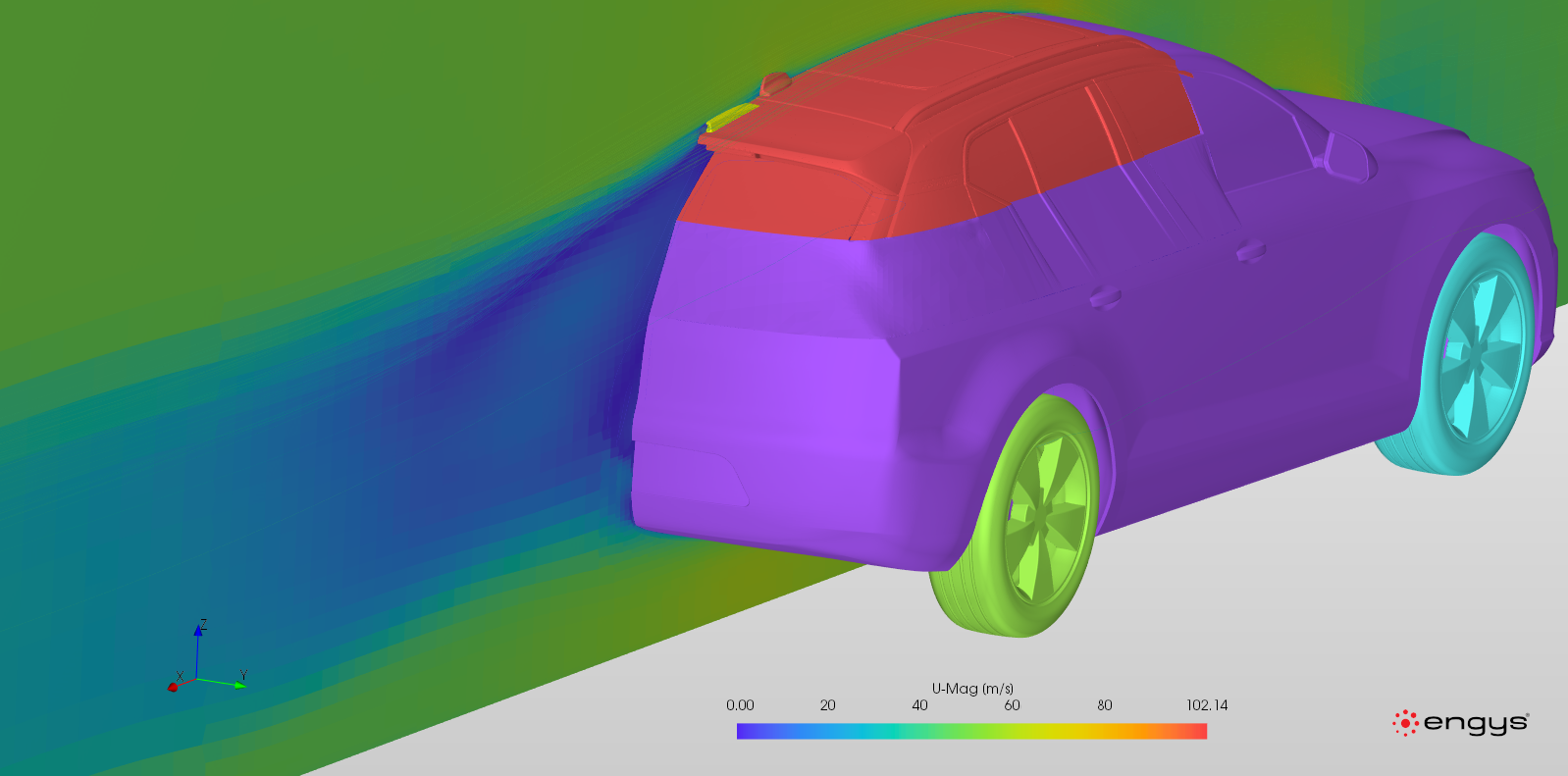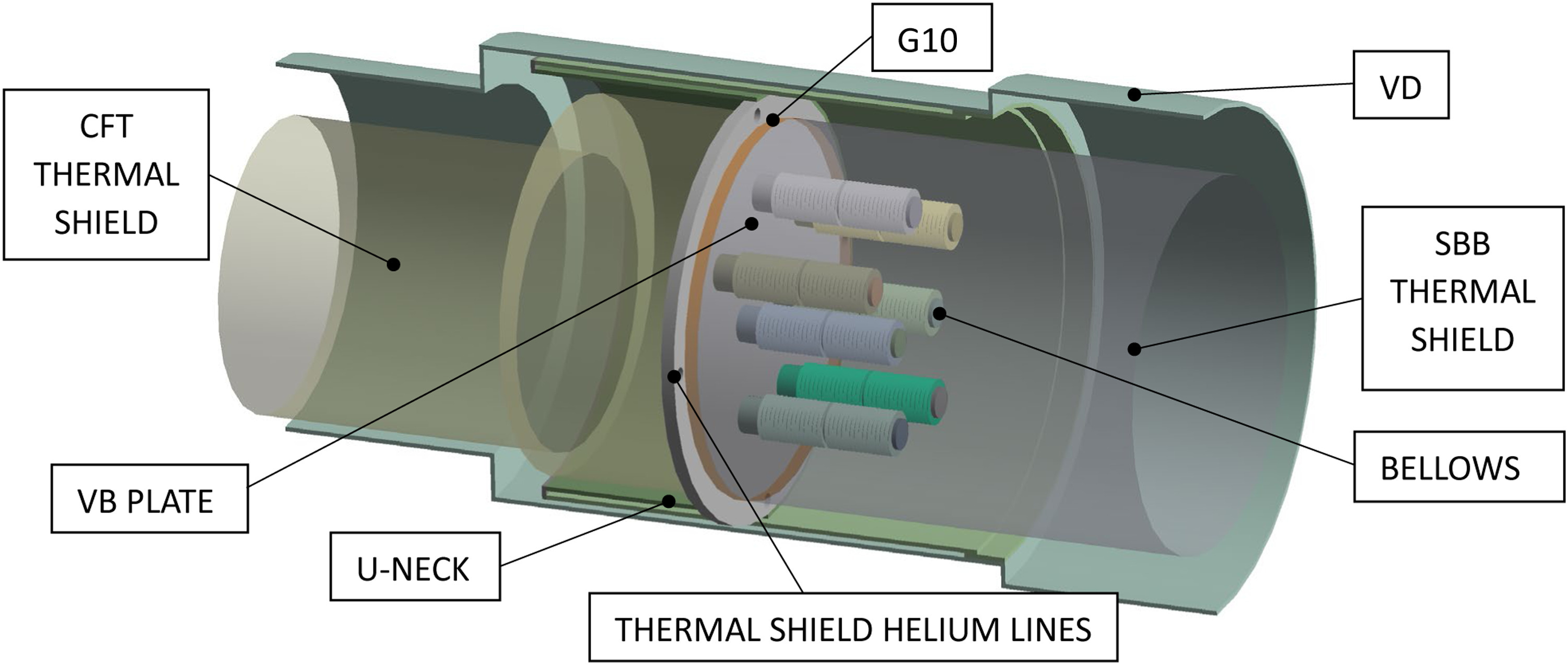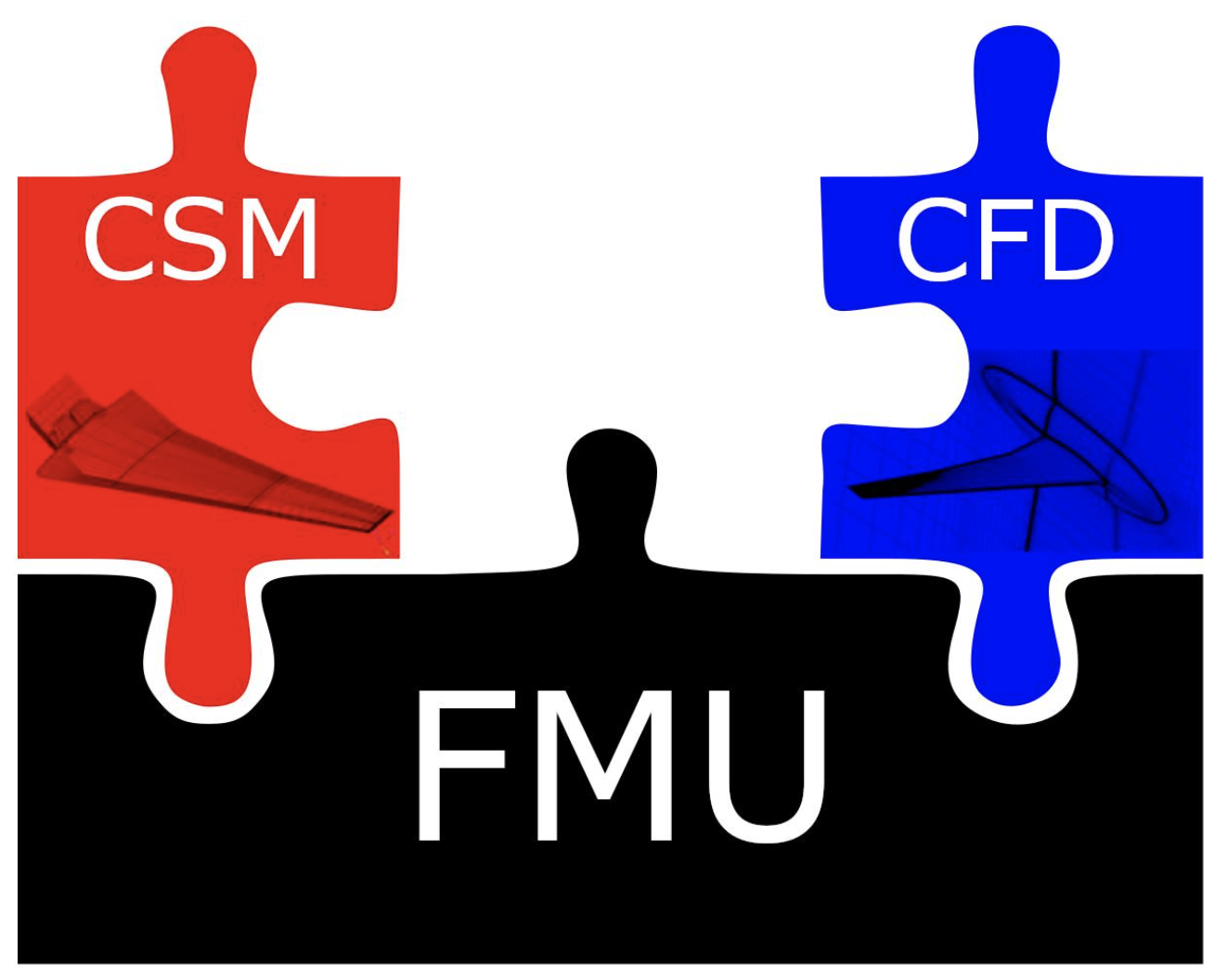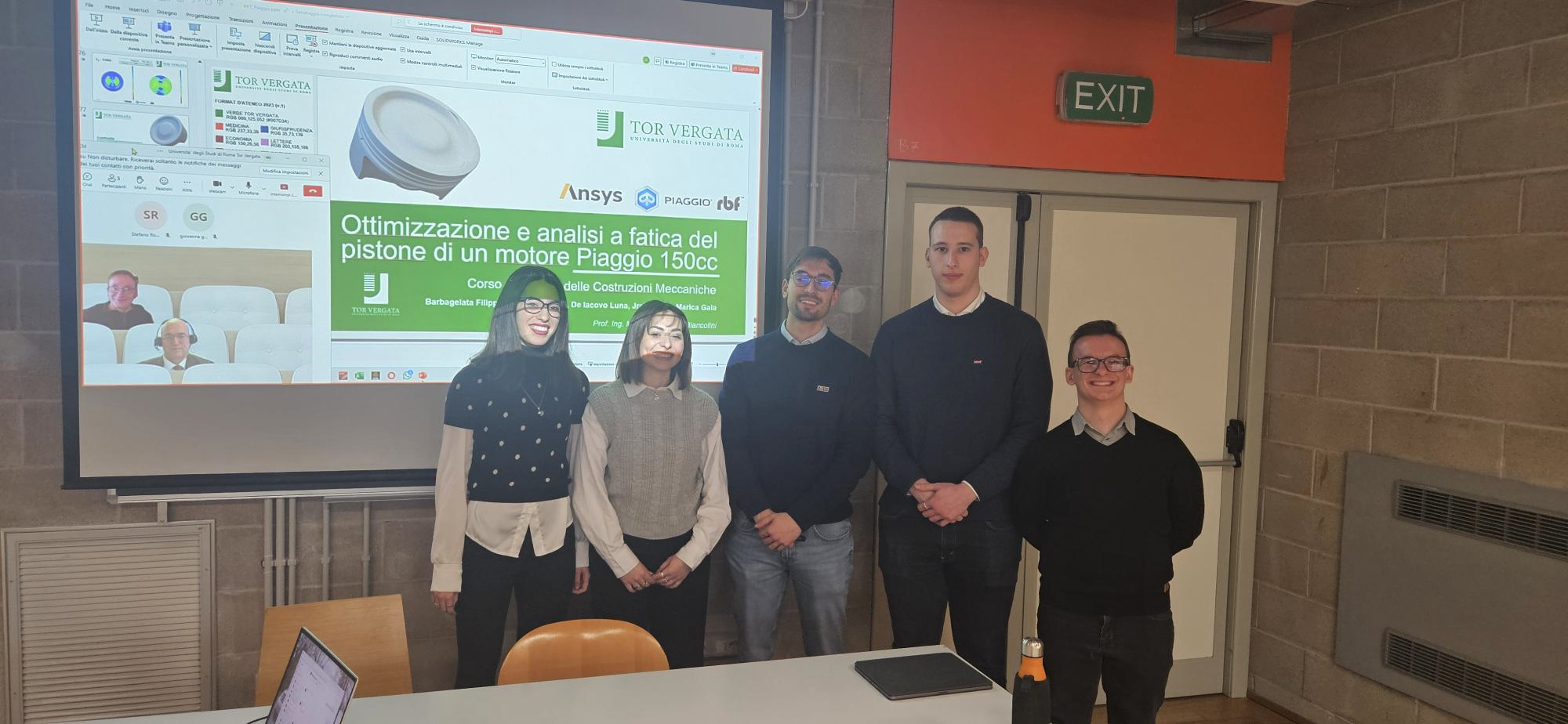 Written by rbfLAB on
Written by rbfLAB on

Lorenzo D’Anastasio’s thesis, titled “Optimization of a Rear Camera Using CFD and Mesh Morphing,” presents a comprehensive exploration of aerodynamic optimization through advanced Computational Fluid Dynamics (CFD) analysis and mesh morphing techniques. Conducted in collaboration with Università degli Studi di Roma Tor Vergata, ENGYS, Volvo, and RBF Morph, this study underscores the contributions of RBF Morph software in achieving refined geometric modifications that enhance aerodynamic performance.
The research commences with a simplified model, the ASMO, where CFD methodologies are applied to simulate and optimize aerodynamic behavior. Utilizing sophisticated tools such as OpenFOAM and HELYX, D’Anastasio conducts an analysis of the drag coefficient. This phase demonstrates the application of both volume and surface mesh morphing to improve flow dynamics.
In the subsequent phase, the research addresses a practical industrial challenge: optimizing the rear camera of a Volvo SUV model. Leveraging RBF Morph software, D’Anastasio adapts the AeroSUV model to align with Volvo’s design parameters, facilitating smooth and efficient airflow around the rear camera. RBF Morph is instrumental in enabling precise and high-fidelity geometric transformations, all while circumventing the need for extensive re-meshing processes.
A core objective of this study was to minimize aerodynamic resistance and reduce debris accumulation on the camera lens. Through an examination of various morphing configurations, including translations and rotations of the rear camera, D’Anastasio achieved significant aerodynamic improvements, with drag reductions of up to 7%. This accomplishment illustrates the potency of mesh morphing in optimizing automotive aerodynamics, achieving results that reinforce both efficiency and performance.




Comments